Continuous Glucose Monitoring and Type 2 Diabetes
CGM: Continuous Glucose Monitor
2018-12-12
Today's CGM—continuous glucose monitor—technology put diabetes management into the 21st century. This small wearable device provides people with diabetes the information they need to make daily management decisions.
Improving both our short and long-term health and safety, CGMs should be considered the standard of care for anyone of any age with any type of diabetes.
What is a CGM?
A CGM is a small wearable device that tracks your blood glucose levels in real-time throughout the day and night. CGMs measure the glucose (sugar) in the interstitial fluid of your body fat compared to your blood glucose monitor (BGM) which measures the glucose in your blood.
At any moment—without pricking your finger—you can see what your blood glucose level is. You can also see what direction it's headed in thanks to simple up, down, or sideways arrows.
With personalized settings, CGMs can alert you to high or low levels while also charting your blood glucose levels about every five minutes on a graph on your smartphone or separate receiver device.
Compared to checking your blood sugar with a drop of blood on a test strip, the information a CGM can provide both you and your healthcare team can have a huge impact on your diabetes management. CGM technology can help you make more thoughtful decisions around food, exercise, insulin and medications. The insights you gain from using a CGM can improve your safety and help you reach your A1c and time-in-range goals.
*Watch this video to learn more about the differences between readings from your CGM vs. your BGM.
How a CGM Works
While each brand of CGM technology works slightly different, they have many similarities. (*Most of the details described below do not apply to Senseonics' implantable Eversense CGM technology.)
- Most CGM sensors consist of three parts: sensor (which sits in the skin), the transmitter (sits above the skin), the receiver (either your Smartphone or a handheld device that receives blood sugar data).
- Most CGM sensors (a very thin wire-like piece) sit in subcutaneous tissue (body fat). The sensor is usually inserted with an easy at-home application device that inserts the sensor with a fine needle. The needle instantly retracts, leaving the sensor in place.
- The visible portion of a CGM is the transmitter, which is sits on top of the skin with an adhesive that holds the entire device in place. Many people apply a second adhesive on top of the entire transmitter to protect it and ensure it stays on.
- CGM sensors can be placed in several areas of your body, depending on what is most comfortable for you: back of the arm, side/front torso, lower back, buttocks area, outer thigh, etc. Avoid spots where your body naturally bends a great deal, where clothing might cause irritation or be a burden.
- The process of inserting the CGM sensor is easy and virtually painless. It can easily be done at home and takes just a few minutes from start to finish.
- Most CGM sensors need to be replaced about every two weeks—this varies slightly depending on brand and model.
The Benefits of a CGM
A few of the benefits of using a CGM include:
- See your blood glucose level at any moment without pricking your finger
- See the direction of your blood glucose level: rising/falling, gradually/quickly
- Learn how/when your body responds to food, activity, insulin, medication, hormones, stress, etc.
- Customizable settings that alert you when your blood sugar falls below a certain level
- Customizable settings that alert you when your blood sugar rises above a certain level
- Catch and treat high blood glucose levels sooner
- Catch and treat low blood glucose levels sooner
- Help you reach your overall A1c and blood sugar goals
- Learn what percentage of the day you are in/above/below your goal ranges (also known as "time-in-range" or TIR)
- Integrate your CGM with your insulin pump (with additional features for closed-loop systems)
- Share your CGM data with your healthcare team easily from the app on your smartphone
- Share your real-time CGM data with family or friends to see at any time on their smartphone
- Review your blood glucose levels at any time with helpful graphs and reports
How do I get a CGM?
Getting a CGM starts with asking your doctor to write the prescription. Talk to your doctor about your device options and decide together which might be best for you. (Scroll further on this page for detailed tips on getting a CGM.)
Check what brands are covered under your insurance plan (including patients on Medicaid and Medicare). For example, Dexcom's CGMs are covered by Medicare. Abbott's FreesStyle Libre is also covered by Medicare for those who qualify.
To receive a CGM under Medicare or Medicaid, please contact your local state health exchange to check your eligibility.
Some brands also offer complimentary trial periods for new users, like Hello, Dexcom or MyFreeStyle Program. The MyFreeStyle Program allows eligible people to try either the FreeStyle Libre 14 Day System or the FreeStyle Libre 2 system. After your eligibility is determined, you'd request a prescription from your healthcare provider and get guided support from 14 days of emails tailored to your personal journey.
Research on the Benefits of Using a CGM
- Research shows people with type 2 diabetes who are on multiple daily insulin injection therapies (MDI) and used a CGM lowered their average A1C from 8.5 percent to 7.7 percent.
- In contrast, those who tracked their blood glucose using a standard BGM were only able to lower their A1C from 8.5 percent to 8.0 percent. Better management = decreases the risks of complications.
CGMs Available Today
Here are today's available CGM brands and models. This technology has evolved rapidly over the last decade, improving in ease-of-use, accuracy and connectivity with other technology.
Watch this video to learn more about the differences between blood glucose readings and sensor readings, watch the video by FreeStyle Libre system below.
How do I get a CGM?
Getting a CGM starts with asking your doctor to write the prescription. Talk to your doctor about your device options and decide together which might be best for you.
Check what brands are covered under your insurance plan (including patients on Medicaid and Medicare). For example, Dexcom's CGMs are covered by Medicare. Abbott's FreesStyle Libre is also covered by Medicare for those who qualify.
To receive a CGM under Medicare or Medicaid, please contact your local state health exchange to check your eligibility.
Some brands also offer complimentary trial periods for new users, like the Hello, Dexcom or MyFreeStyle Program. The MyFreeStyle Program allows eligible people to try either the FreeStyle Libre 14 Day System or the FreeStyle Libre 2 system. After your eligibility is determined, you'd request a prescription from your healthcare provider and get guided support from 14 days of emails tailored to your personal journey.
Getting a CGM
While CGMs can help anyone improve their diabetes health, getting a CGM can come with some hurdles. Here are some tips for navigating that process.

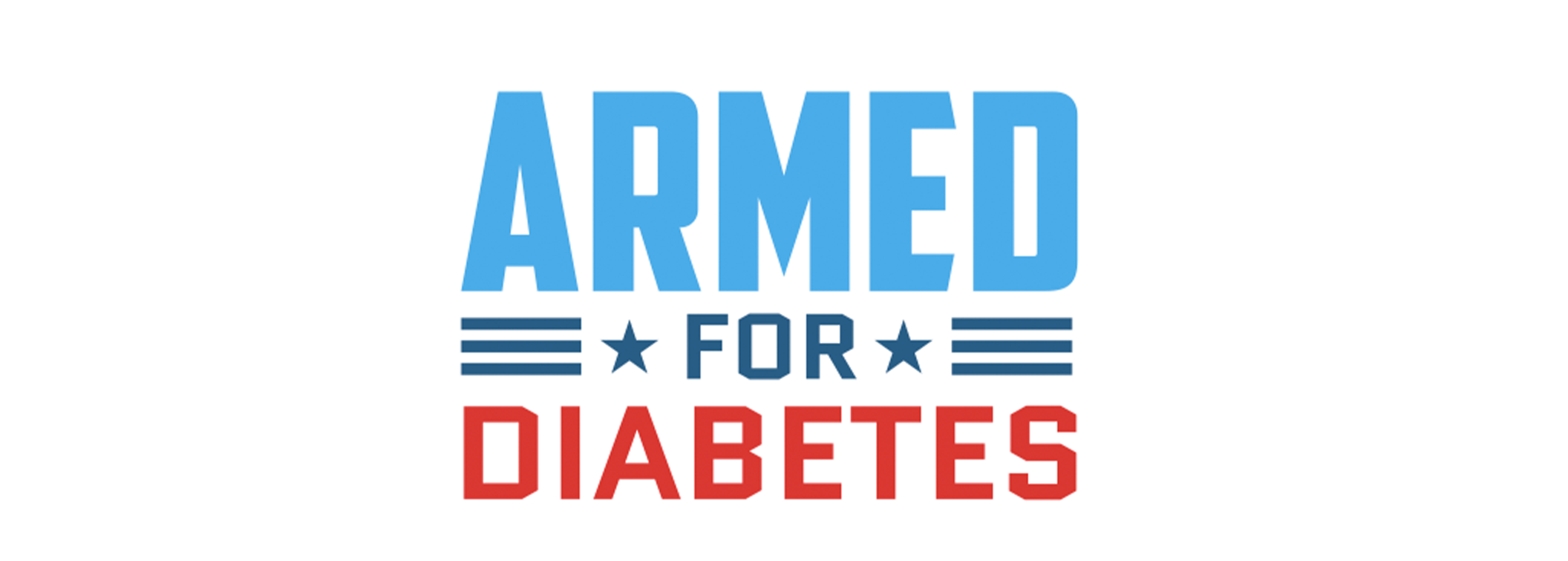
CGM Access for Veterans
If you're a veteran living with diabetes, you deserve the latest in diabetes technology. Learn more about getting a CGM here.MORE
Using a CGM
CGM technology can provide you with so much more information about your blood sugar levels than a blood glucose monitor.
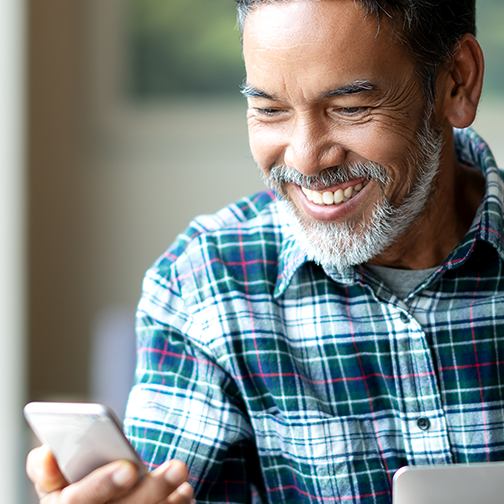

The Value of Professional CGM
Need help with your diabetes routine? Consider trying professional CGM (P-CGM). You and your doctor can use it to learn more about your Type 2 diabetes.MORE
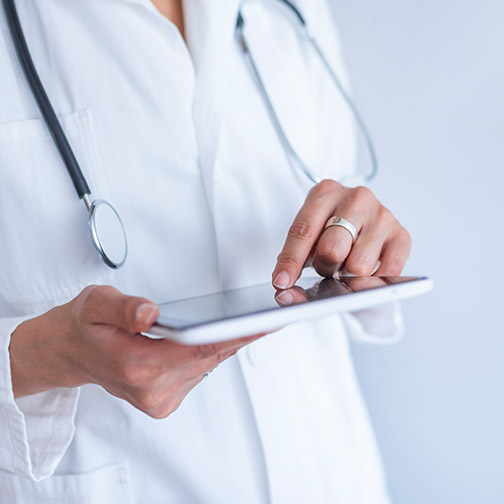
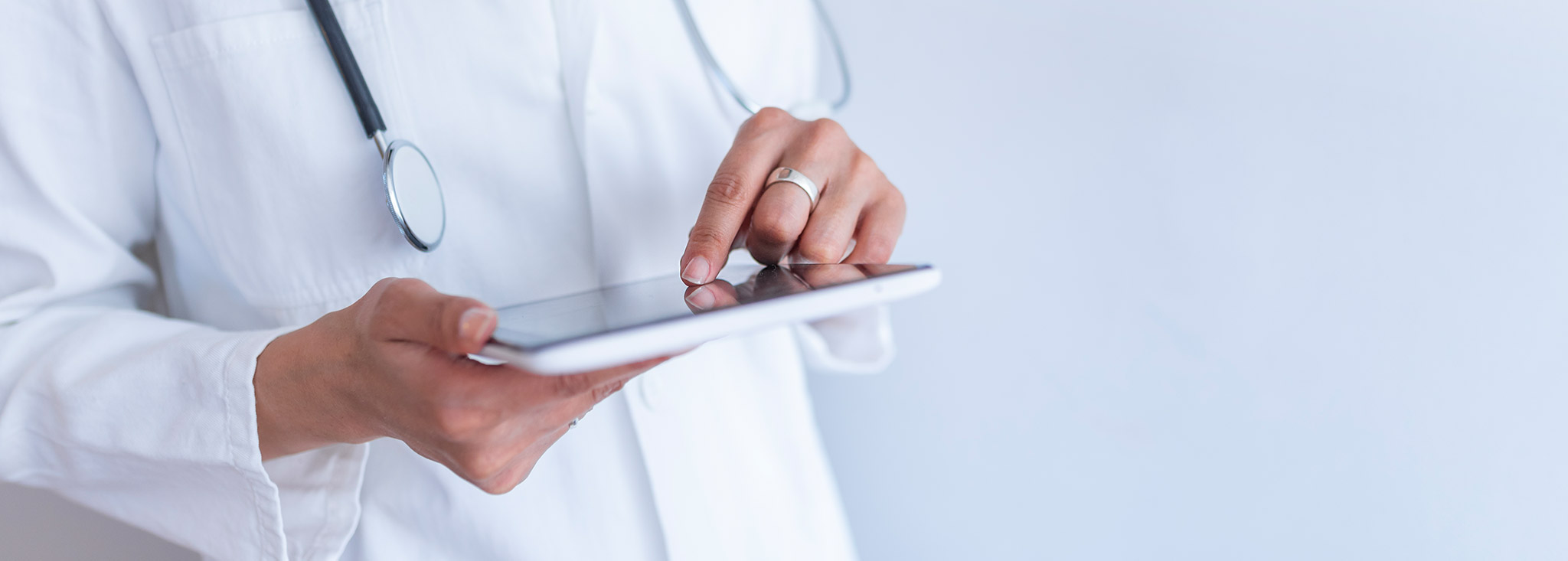
Sharing Your CGM Data
You don't need to do diabetes alone. If you wear a CGM, read about sharing your data with your friends and family who help you manage Type 2 diabetes.MORE


All About Time-in-Range
Time-in-range (TIR) is a measurement that tells you what percentage of the day your blood sugars are in your goal range.MORE
Real Life with a CGM: Stories & Interviews
Here are a few stories from people with diabetes and healthcare providers who've experienced the benefits of CGM technology!
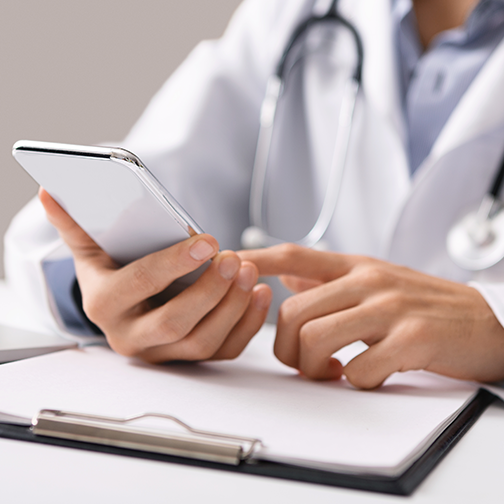
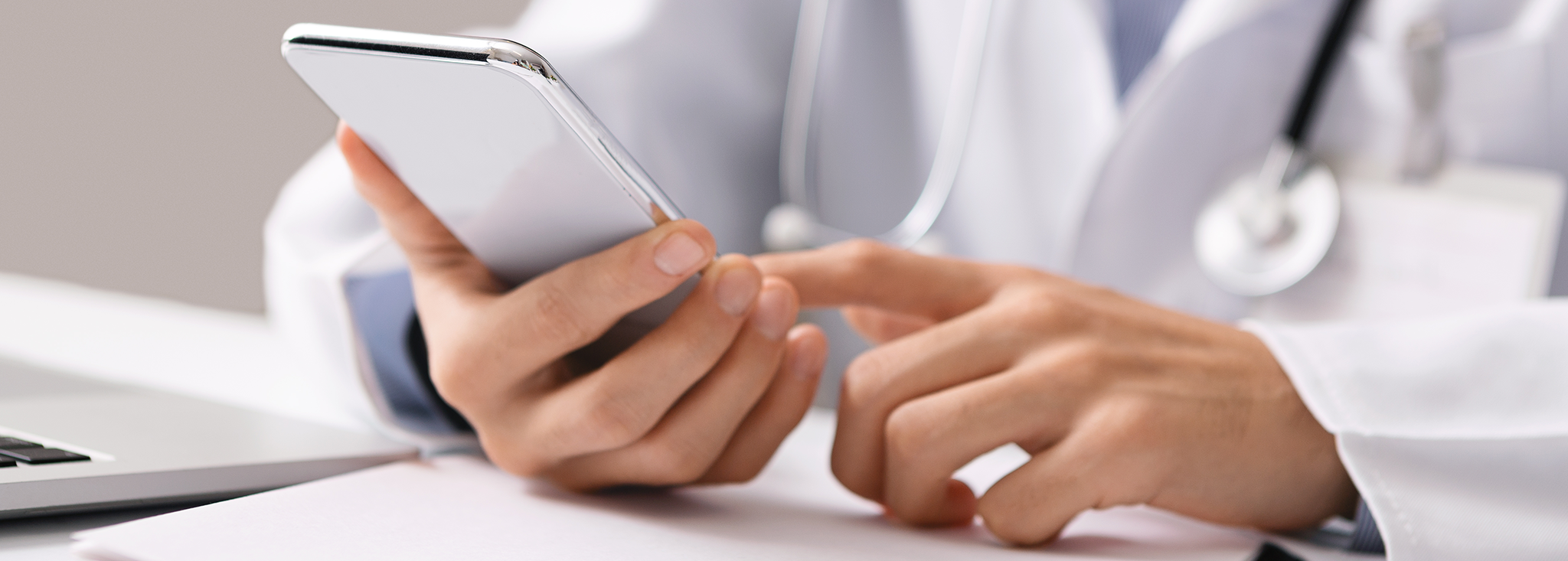
Experiencing A Telehealth Appointment
Planning on using Libreview to go over your FreeStyle Libre 14 day system data in your telehealth appointment? Diabetes care and education specialist, Julia Blanchette, and Beyond Type 2 Project Manag...MORE
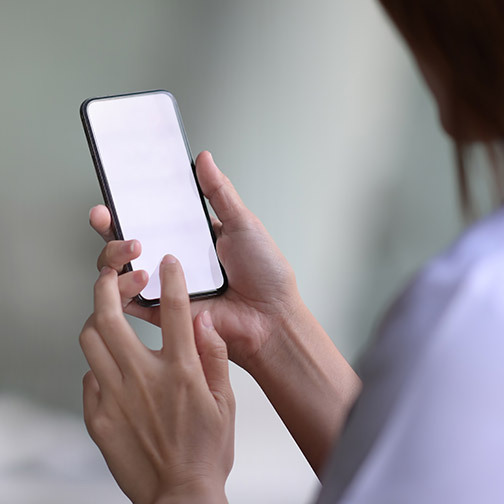
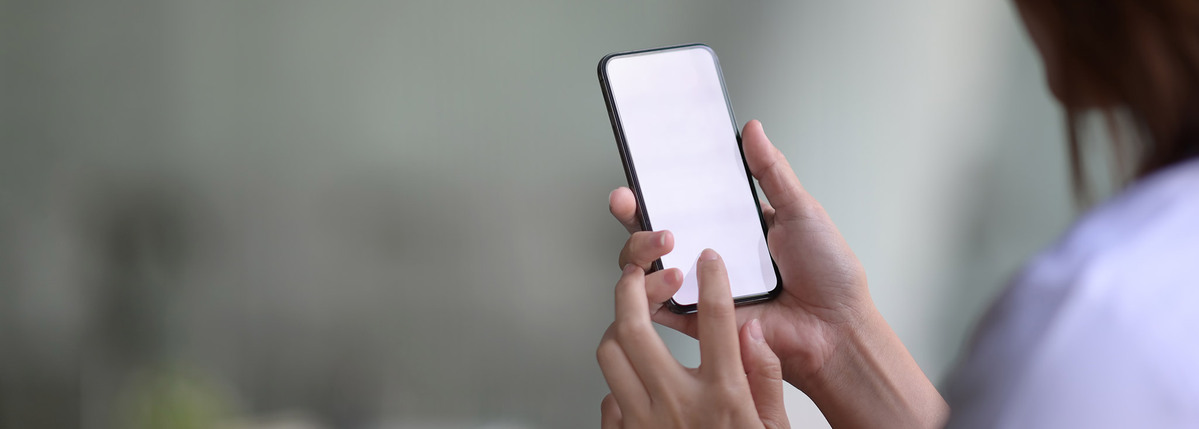
My First Time Prescribing A FreeStyle Libre
Anna Simos is a diabetes clinical research coordinator and diabetes care and education specialist (DCES) at Stanford University. Anna chats with Beyond Type 2 about the first time she prescribed a Fre...MORE


Saying Goodbye to GERTI
UK Type 2 advocate, Ken Tait, talks about his brief use of the Freestyle Libre 2 and why T2Ds need better access to CGM.MORE
Source: https://beyondtype2.org/cgm-continuous-glucose-monitor/
0 Response to "Continuous Glucose Monitoring and Type 2 Diabetes"
Post a Comment